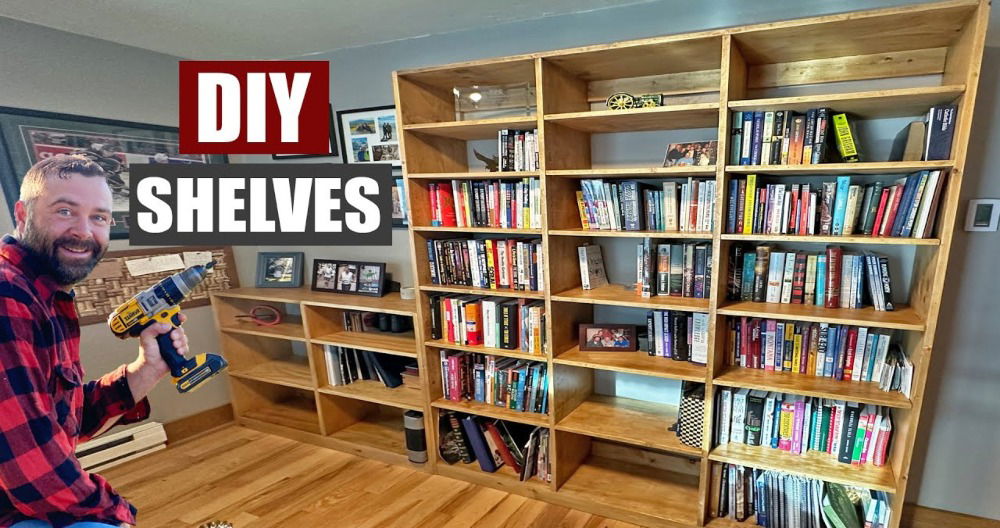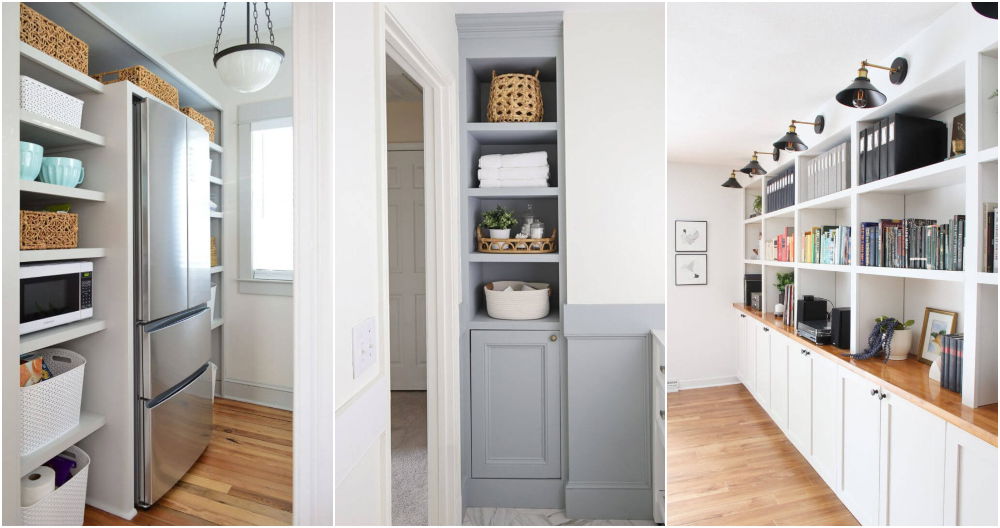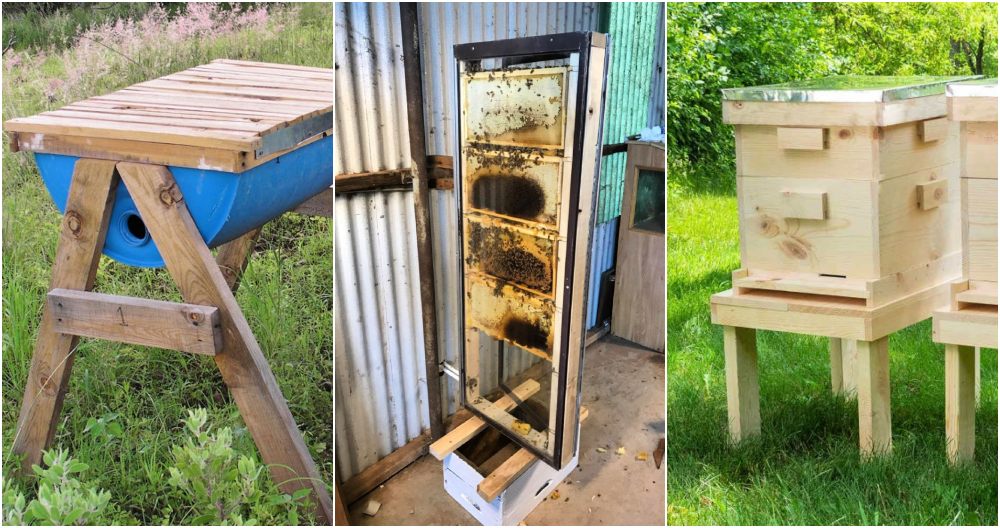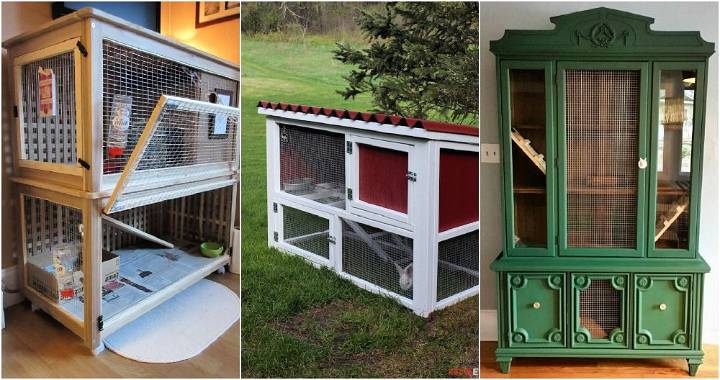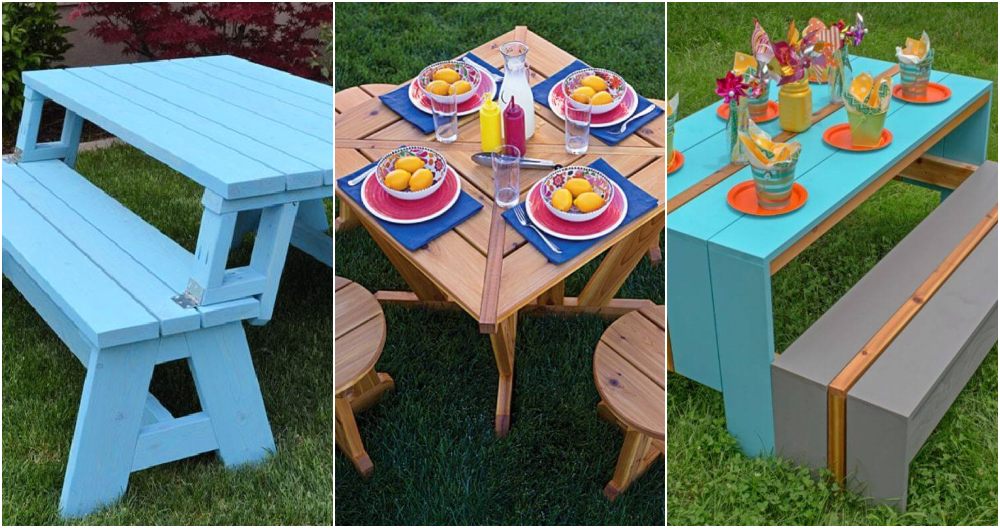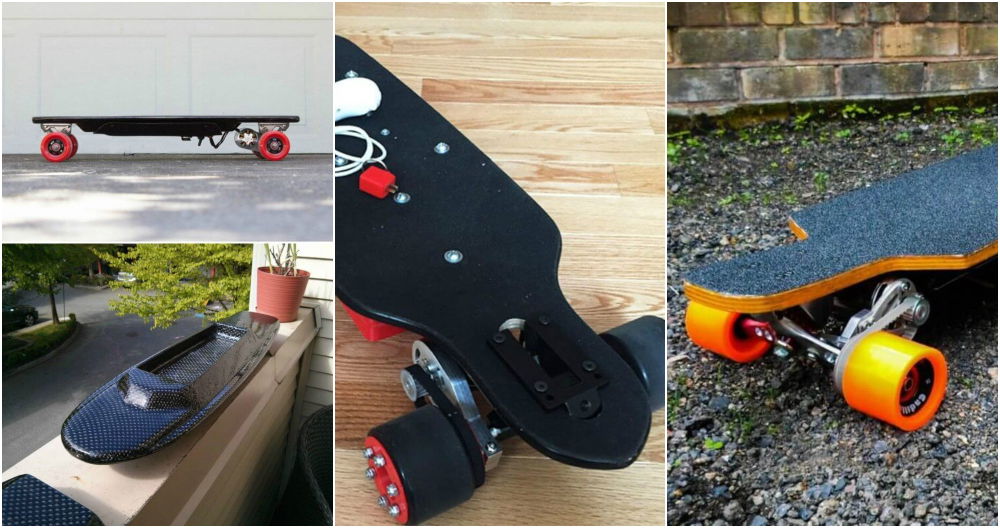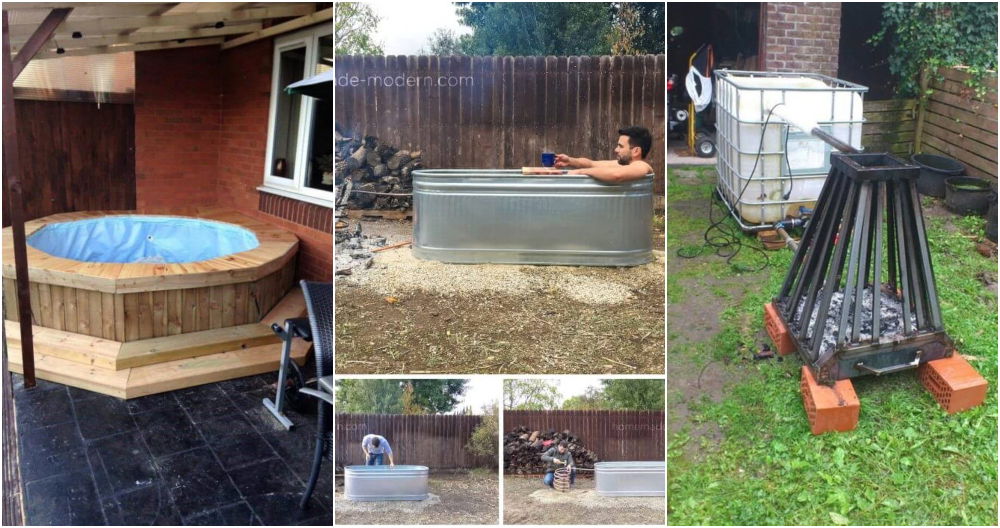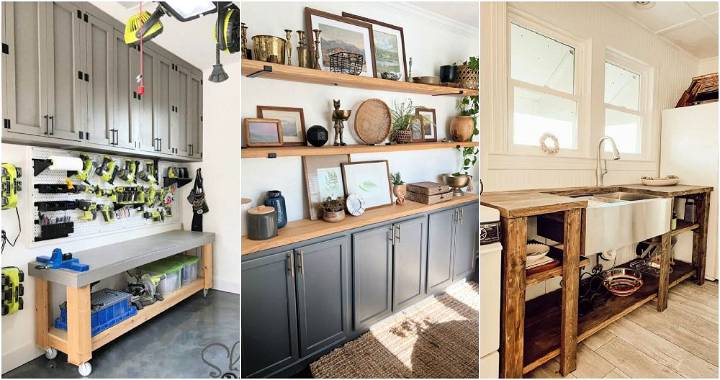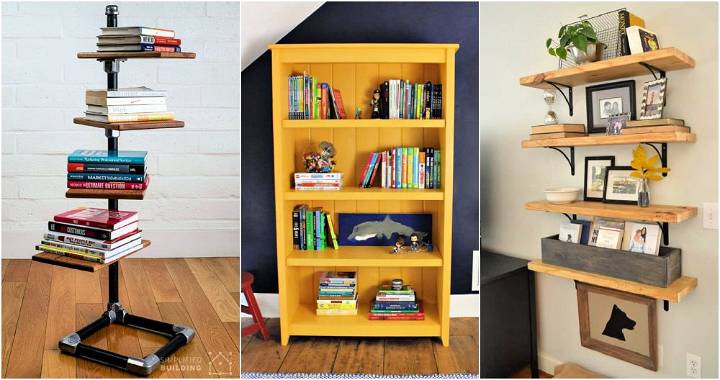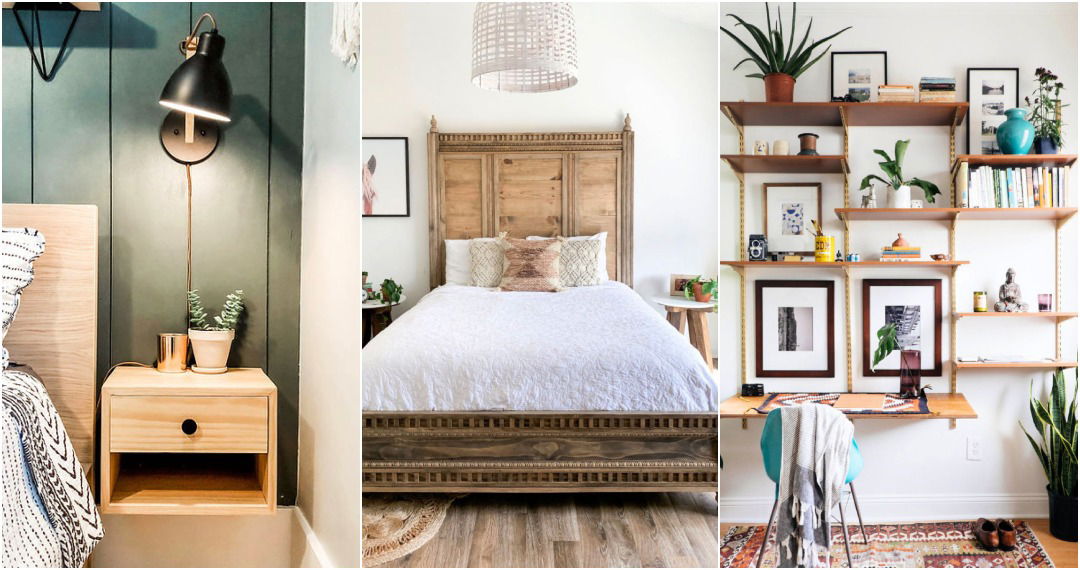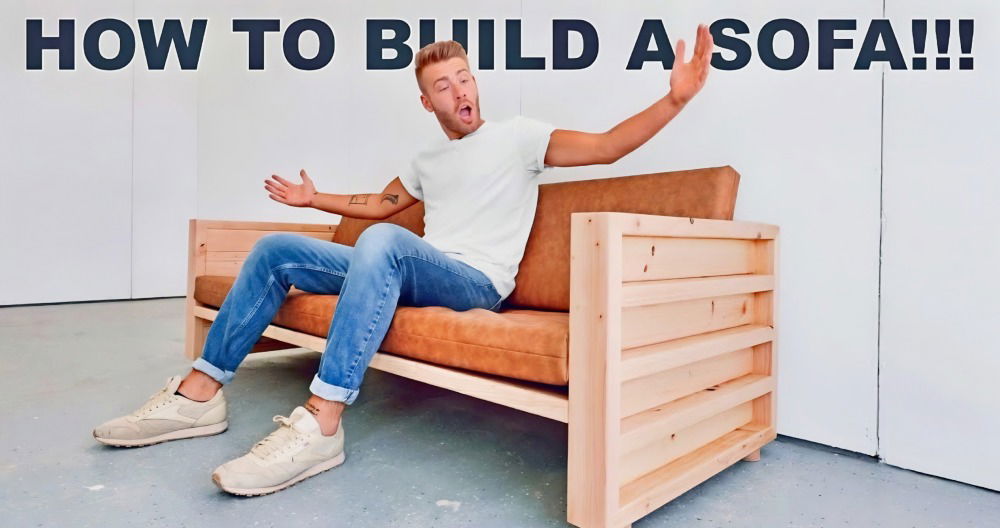Build your own beautiful built-in bookshelves with a touch of DIY flair. I've always dreamed of having a dedicated space for my hobbies and books, and with the inspiration from a home improvement video, I decided it was time to transform a cluttered room into a functional area with floor-to-ceiling bookcases and an integrated desk.
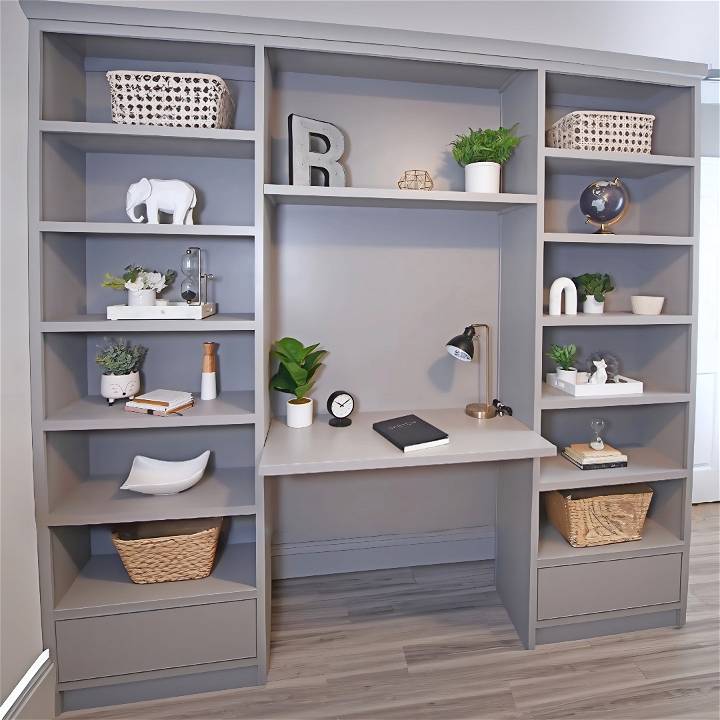
Materials Needed and Why
- Plywood: For the sides, shelves, top, and bottom of the bookcases.
- Pocket Hole Screws: For easy and strong assembly.
- Bondo Filler: To fill in any imperfections for a smooth finish.
- Paint: To give the bookcases and desk a cohesive look.
- Wood for Trim: Adds a polished look and hides any gaps.
These materials are essential for building sturdy and aesthetically pleasing bookcases and desk. The use of plywood keeps the project cost-effective without sacrificing durability. Bondo filler and paint ensure a sleek, finished appearance, while trim pieces help in achieving a built-in look.
Step by Step Instructions
Learn how to build DIY built-in bookshelves with our step-by-step instructions. Make stylish and functional storage solutions for your home.
Breaking Down the Wood
Breaking down the plywood was the first step. I marked each piece with sticky notes indicating part numbers and which side had the factory edge. This simple organization tip saved me heaps of confusion later on.
Assembly Tips
- Pocket Hole Assembly: I chose pocket hole assembly for its simplicity. Marking the bow direction on shelves before drilling helped preempt any potential sagging.
- Pre-Sanding Panels: Sanding the panels before assembly spared me the hassle of maneuvering the sander in tight corners later.
Mistakes and Learnings
Not every step was smooth sailing. One significant realization was the importance of accurate measurements and adjustments based on the room's dimensions. I noticed gaps between the bookcases and the wall due to the uneven walls. Adding a quarter-inch back to the bookcases and using trim on the sides solved this issue. This part of the process underscored the importance of flexibility and problem-solving in DIY projects.
The Power of Proper Tools and Preparation
Investing in good tools like a reliable table saw, and a sander significantly sped up the process. Moreover, properly labeling the pieces and prepping the area for painting by sealing them off made the finishing touches less of a chore.
Final Touches
Painting took patience and a steady hand, especially when aiming for those crisp lines between the bookcase, the wall, and the trims. Using low-adhesion tape was crucial in achieving sharp lines without damaging the freshly painted surfaces.
Installation
The toe-kick bases raised an unforeseen challenge due to the carpet's compression under the bookcases' weight. Ensure that both units were level and plumb with each other and that the wall involved back-and-forth adjustments and the use of a long level. This stage proved to be the most physically demanding, reiterating the essence of precise planning and execution.
Reflections
Looking back, the process from the initial cut to the final stroke of paint was both exhaustive and enriching. Each step, from assembly to installation, required focus and adaptability, traits indispensable in woodworking. The journey taught me not just the technicalities of building furniture but also the value of perseverance and meticulous planning.
Customization and Space Optimization
When it comes to DIY built-in bookshelves, the beauty lies not only in their functionality but also in their adaptability to any room layout. Whether you're a seasoned DIY enthusiast or a first-time builder, understanding how to customize and optimize your bookshelves can make a significant difference. Let's dive into some practical tips:
1. Tailoring Dimensions to Fit Your Space
- Measure Twice, Cut Once: Before you start constructing, take precise measurements of the available wall space. Consider ceiling height, baseboard trim, and any architectural features that might affect the bookshelf design.
- Adjustable Shelves: Incorporate adjustable shelves to accommodate various book sizes, decorative items, or even electronics. This flexibility ensures that your bookshelves remain functional as your needs evolve.
2. Creative Solutions for Odd Corners and Tight Spaces
- Corner Bookshelves: Utilize those awkward corners effectively. L-shaped or diagonal bookshelves can seamlessly fit into corners, maximizing storage without wasting valuable floor space.
- Under-Stair Nooks: If you have an underutilized space beneath a staircase, transform it into a cozy reading nook with built-in bookshelves. Consider adding a cushioned bench or window seat for extra comfort.
- Vertical Storage: When horizontal space is limited, think vertically. Extend your bookshelves from floor to ceiling. Tall bookcases draw the eye upward, making the room appear more spacious.
3. Built-In Seating with Hidden Storage
- Window Seat Bookshelves: Combine seating and storage by integrating bookshelves into a window seat. Imagine curling up with a book while surrounded by your favorite titles.
- Storage Benches: Alongside your bookshelves, build custom storage benches. These can serve as additional seating or provide discreet storage for blankets, toys, or seasonal items.
4. Incorporating Display Niches and Cubbies
- Display Niches: Break up long stretches of shelving with display niches. These recessed areas can showcase art, collectibles, or family photos.
- Cubbies for Small Items: Designate smaller cubbies within your bookshelves for organizing smaller items like stationery, CDs, or decorative boxes.
5. Concealing Unsightly Wires and Cords
- Cable Management: Plan for cable management from the outset. Drill discreet holes at the back of your bookshelves to route wires for lamps, chargers, or electronics.
- Wireless Charging Stations: Consider integrating wireless charging pads into your bookshelves. Your devices can charge seamlessly without cluttering the surface.
Sketch out your design, visualize the finished product, and enjoy the process of building bookshelves that perfectly complement your space.
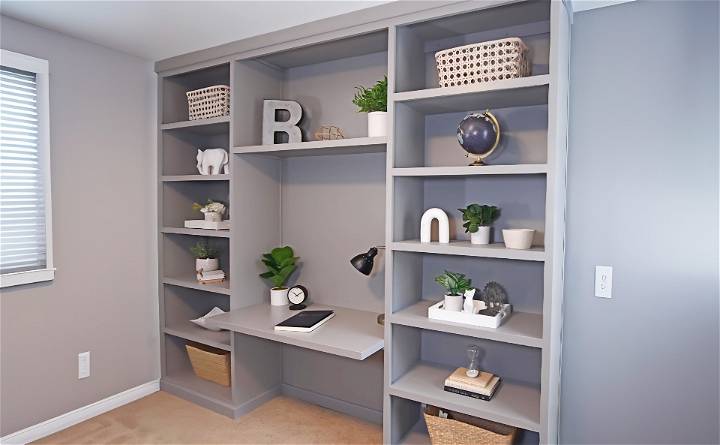
Incorporating Smart Features
When it comes to DIY built-in bookshelves, why settle for ordinary when you can infuse them with smart features that elevate both form and function? Let's explore some ingenious ways to make your bookshelves not just storage units, but also tech-savvy companions:
1. Integrated Lighting Solutions
- LED Strips: Illuminate your book collection with discreet LED strips. These energy-efficient lights can be installed along the edges of shelves or within recessed grooves. They build a warm ambiance and make nighttime reading a breeze.
- Motion-Activated Lights: Imagine shelves that light up as you approach. Motion-activated LED lights add a touch of magic and practicality. No more fumbling for books in the dark!
2. Wireless Charging Stations
- Hidden Power: Designate a shelf or cubby specifically for wireless charging. Conceal the charging pad within the woodwork, so your devices charge seamlessly without cluttering the surface.
- Qi-Compatible Surfaces: Opt for bookshelves with Qi-compatible surfaces. Simply place your phone on the shelf, and it charges wirelessly. It's like magic, minus the wizardry.
3. Built-In Speakers
- Audiophile's Dream: Integrate small speakers into your bookshelves. Stream your favorite music or audiobooks while browsing titles. The shelves become part of your personal sound system.
- Bookshelf Speaker Cabinets: If you're a true audio enthusiast, consider bookshelf speakers that fit snugly into custom cabinets. They blend seamlessly with your book collection.
4. Smart Display Niches
- E-Readers and Tablets: Build a dedicated niche for your e-reader or tablet. Install a small ledge where you can prop up your device while reading. Bonus points if it's at eye level!
- Digital Art Frames: Showcase digital art or family photos using smart frames. These frames cycle through your favorite images, adding a dynamic touch to your bookshelves.
5. QR Code Book Recommendations
- Interactive Reading: Print QR codes and attach them discreetly to the spine of select books. When scanned, these codes lead to online book reviews, author interviews, or related articles. Your bookshelves become a gateway to literary exploration.
Remember, smart features should enhance your bookshelves without overwhelming their classic charm. Whether you're a tech aficionado or a minimalist, choose features that align with your lifestyle.
FAQs: DIY Built-in Bookshelves
Learn how to build DIY built-in bookshelves with our comprehensive guide. Find answers to all your FAQs on building custom bookshelves for your home.
1. What Are Built-in Bookshelves?
Built-in bookshelves are custom-designed shelves that seamlessly integrate into the architecture of a room. Unlike freestanding bookcases, these shelves become part of the wall, maximizing space and building a cohesive look.
2. Can I Customize Built-in Bookshelves for Odd Spaces?
Absolutely! Here are some ideas:
- Corner Bookshelves: Fit L-shaped or diagonal shelves into corners.
- Under-Stair Nooks: Transform under-stair spaces into cozy reading nooks.
- Vertical Storage: Extend bookshelves from floor to ceiling in tight spaces.
3. What Smart Features Can I Add to Built-in Bookshelves?
- Integrated Lighting: Use LED strips or motion-activated lights for ambiance.
- Wireless Charging Stations: Conceal charging pads within the shelves.
- Built-In Speakers: Enjoy music while browsing your books.
- QR Code Book Recommendations: Attach QR codes to book spines for online reviews.
4. How Do I Style Built-in Bookshelves?
- Books First: Arrange books vertically and horizontally for visual interest.
- Mix Decor Items: Combine books with decorative objects like vases, plants, or framed art.
- Negative Space: Leave some empty spaces for a balanced look.
- Color Coordination: Group books by color for a cohesive display.
5. What Safety Measures Should I Follow During Installation?
- Proper Tools: Use the right tools and safety gear.
- Secure Mounting: Ensure bookshelves are securely attached to wall studs.
- Weight Distribution: Distribute weight evenly across the shelves.
- Childproofing: If needed, secure heavy items to prevent tipping.
Built-in bookshelves offer both functionality and aesthetics. Tailor them to your space, get creative, and enjoy the process!
Final Thoughts
Wrapping up, DIY built-in bookshelves can transform your space and add functionality while showcasing your creativity. By following these steps and tips, you can build a custom look that fits your style and needs perfectly.


